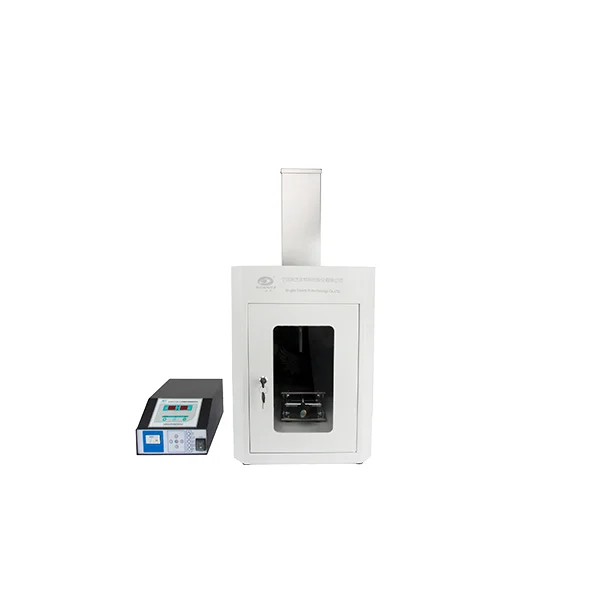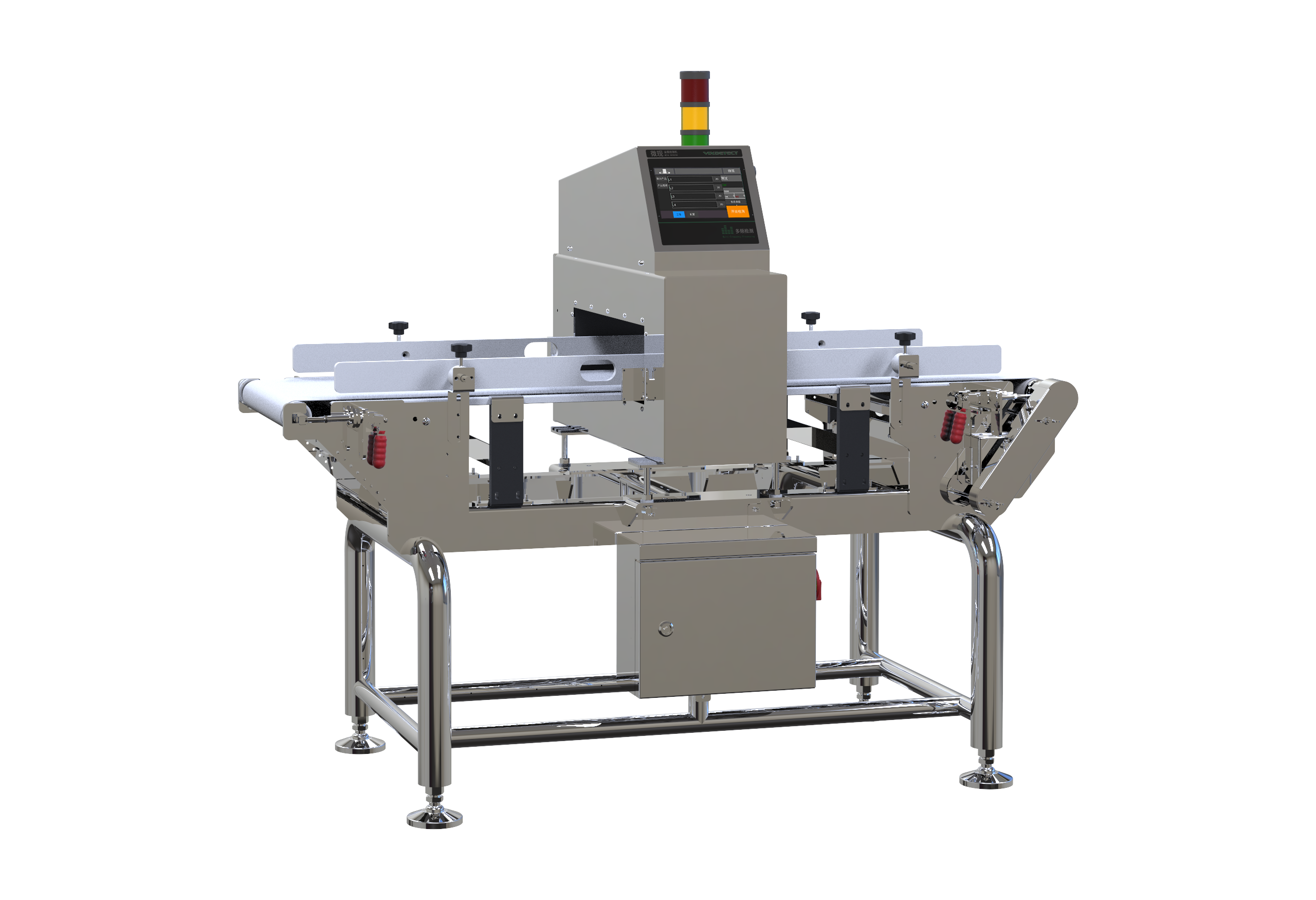Cutting Through Confusion: The Ultimate Guide to Choosing the Best Saw for Beginner Woodworkers
Woodworking is a rewarding and creative hobby that allows individuals to transform raw materials into functional and beautiful pieces. However, for beginners, the plethora of tools available can be overwhelming, especially when it comes to selecting the right saw. The right saw not only enhances your woodworking experience but also ensures safety and precision in your projects. In this article, we will explore the various types of saws available, their specific uses, and ultimately determine what is the best saw for a beginner woodworker.
Understanding the Basics: Types of Saws
Before diving into the best saw for beginners, it’s essential to understand the different types of saws available in the woodworking world. Each type serves a unique purpose and is designed for specific tasks.
- Hand Saws: These are the most traditional form of saws and are operated manually. They come in various forms, including:
- Crosscut Saws: Designed for cutting across the grain of the wood.
- Rip Saws: Ideal for cutting along the grain.
- Back Saws: Used for precise cuts, often in joinery.
- Power Saws: These saws are powered by electricity or batteries, making them easier to use for larger projects. Common types include:
- Circular Saws: Versatile and portable, suitable for straight cuts in various materials.
- Jigsaws: Great for intricate cuts and curves.
- Miter Saws: Perfect for making angled cuts, especially in framing and molding.
- Specialty Saws: These include tools like band saws and scroll saws, which are designed for specific tasks and may not be necessary for beginners.
Key Considerations for Beginners
When selecting the best saw for beginner woodworking, several factors should be taken into account:
- Project Type: Consider the types of projects you want to undertake. If you plan to work on furniture, a miter saw may be beneficial for angled cuts. For general woodworking, a circular saw is versatile enough for various tasks.
- Safety: Safety should always be a priority. Hand saws are generally safer for beginners as they offer more control and require less power. However, if you opt for a power saw, ensure it has safety features like blade guards and electric brakes.
- Ease of Use: For beginners, ease of use is crucial. Look for saws that are lightweight and easy to handle. Power saws with adjustable speed settings can also help you gain confidence as you learn.
- Budget: Woodworking tools can vary significantly in price. As a beginner, it’s wise to start with a quality but affordable saw. Investing in a reliable tool will pay off in the long run.
The Best Saw for Beginners: Our Recommendation
After considering the various types of saws and the key factors for beginners, the Circular Saw emerges as the best choice for novice woodworkers. Here’s why:
- Versatility: A circular saw can handle a wide range of cuts, from ripping to crosscutting, making it suitable for various projects.
- Portability: Unlike stationary saws, a circular saw is lightweight and easy to transport, allowing you to work in different locations.
- Ease of Use: With practice, beginners can quickly learn to make straight cuts with a circular saw. Many models come with laser guides or built-in features that enhance accuracy.
- Affordability: Circular saws are generally more affordable than other power saws, making them accessible for beginners.
Tips for Using a Circular Saw Safely and Effectively
- Read the Manual: Familiarize yourself with the saw’s features and safety precautions.
- Wear Safety Gear: Always use safety glasses and ear protection when operating power tools.
- Practice on Scrap Wood: Before starting your project, practice making cuts on scrap wood to build confidence.
- Use a Straight Edge: For straight cuts, use a straight edge or guide to ensure accuracy.
- Keep the Blade Sharp: A sharp blade makes cleaner cuts and reduces the risk of kickback.
Conclusion
Choosing the right saw is a crucial step for any beginner woodworker. While there are many options available, the circular saw stands out as the best choice due to its versatility, portability, and ease of use. By understanding the different types of saws and considering your specific needs, you can make an informed decision that will enhance your woodworking journey. Remember, practice makes perfect, so take your time, stay safe, and enjoy the process of creating beautiful wooden projects. Happy woodworking!


